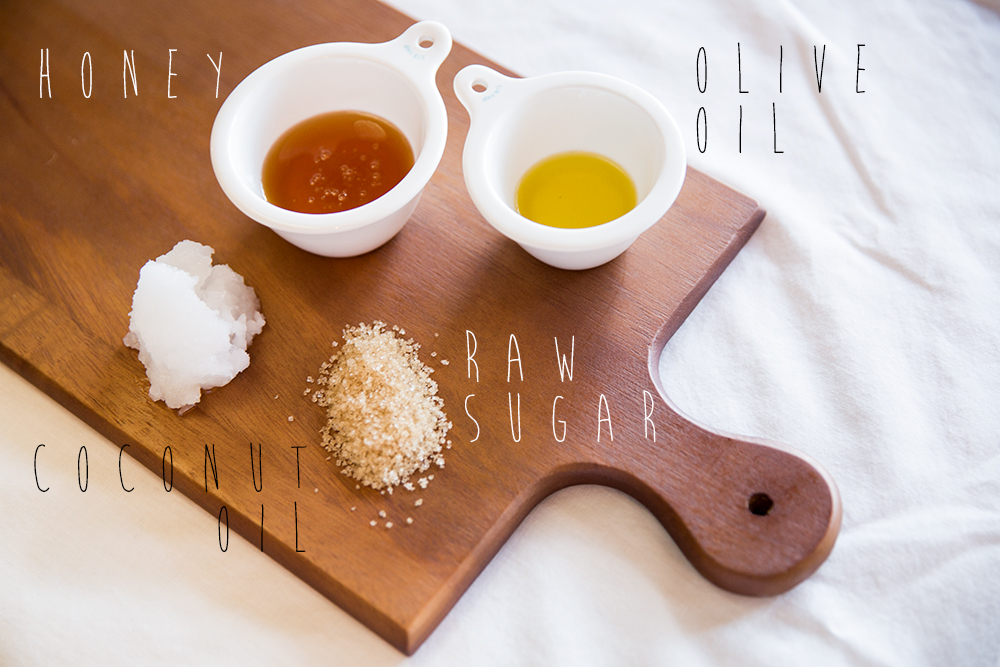Have you ever wondered why fruits and vegetables represent all the colours of the rainbow?
“Red and yellow and pink and green, purple and orange and blue…….”
The different colours on our plate represent a vast array of nutrients that correspond with physiological processes ranging from seeing in the dark to fighting off the common cold. When Primal Junction works with individuals or athletes who have cleaned up their diet and removed a lot of the filler foods like breads, grains and cereals, they often tell us that they find it difficult to fill their plate. In addition, when clients switch to a higher protein diet, they substitute refined carbohydrates for acid-forming foods such as sugars and poor dairy, which contribute to inflammation rather than reduce it.
To bring back the alkaline balance and get access to a huge variety of nutrients, piles of vegetables and some fruits are necessary plate-mates for our high quality proteins and fats.
Unlike the common ‘chicken and broccoli’ diet, we need to make sure that we’re incorporating as many different types and colours of vegetables as possible. This will ensure that we have access to all the amazing nutrients, minerals and vitamins that nature prescribes.
Let’s look at the colours of the rainbow and see if you can tweak your shopping list this week to include as many different colours as possible.
RED AND PINK:
Many red foods are loaded with powerful antioxidants that can mop up damaging free radicals and promote a healthy heart and eyesight as well as many other benefits. In the red food group, tomatoes contain lycopene, which has been linked to cancer protection (particularly prostate cancer). Better yet – cook your tomatoes to get more of this powerful phytochemical as levels rise as tomatoes ripen or are cooked.
Add to your list: Strawberries, pink grapefruit, red capsicum, tomatoes, cherries.
ORANGE:
The best known nutrient in orange foods is beta-carotene. Not only great for eye health, beta-carotene can also protect skin from sun damage. Beta-carotene is a Vitamin A precursor, an important contributor to night vision and healthy immunity. Beta-carotene is fat soluble, so enjoy your orange foods with some healthy fats to absorb as much as possible.
Add to your list: sweet potato, carrots, oranges, pumpkin, turmeric, apricots.
YELLOW:
Teeming with carotenoids and bioflavonoids, yellow foods will help your heart, vision, skin, digestion and immune system.
Add to your list: lemons, yellow squash, bananas, pineapple, star-fruit.
GREEN:
leafy greens like kale and spinach contain health promoting phytochemicals sulforaphane and indole-3-carbinol that appear to protect against a range of cancers such as prostate and breast cancers. Per calorie, kale contains more calcium than milk and more iron than beef! Green fruits and veggies are everywhere and they all bring something different to the table. Stock up for powerful antioxidants, cancer fighting properties and a load of nutrients.
Add to your list: kale, spinach, broccoli, zucchini, kiwifruit, brussel sprouts, green beans.
PURPLE AND BLUE:
Purple and blue foods are rich in anthocyanins, which have a host of health benefits. As well as preventing age-related memory loss and supporting eye health, anthocyanins have been found to act against the bacteria causing stomach ulcers and gum disease. Several laboratory-based studies have revealed that they can also help to lower the risk of colon cancer.
Add to your list: Blackberries, blueberries, black grapes, beetroot, plums, prunes, raisins, red cabbage, eggplant
Stay tuned for a colourful recipe in our next post. In the meantime, eat the rainbow!
[su_spacer]




